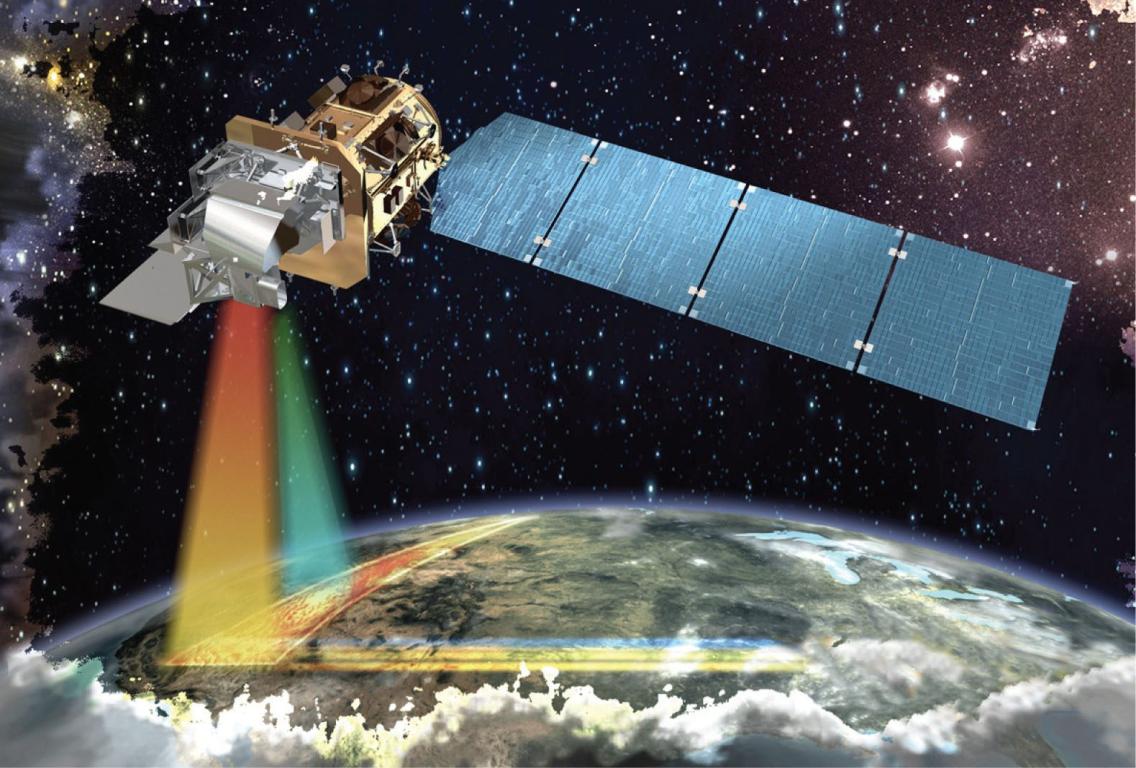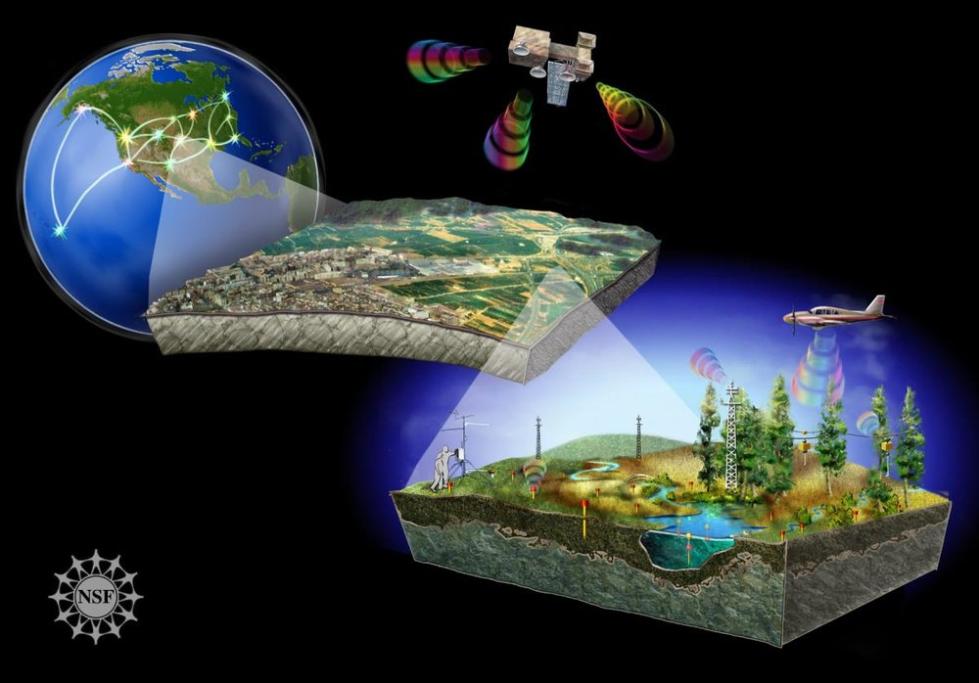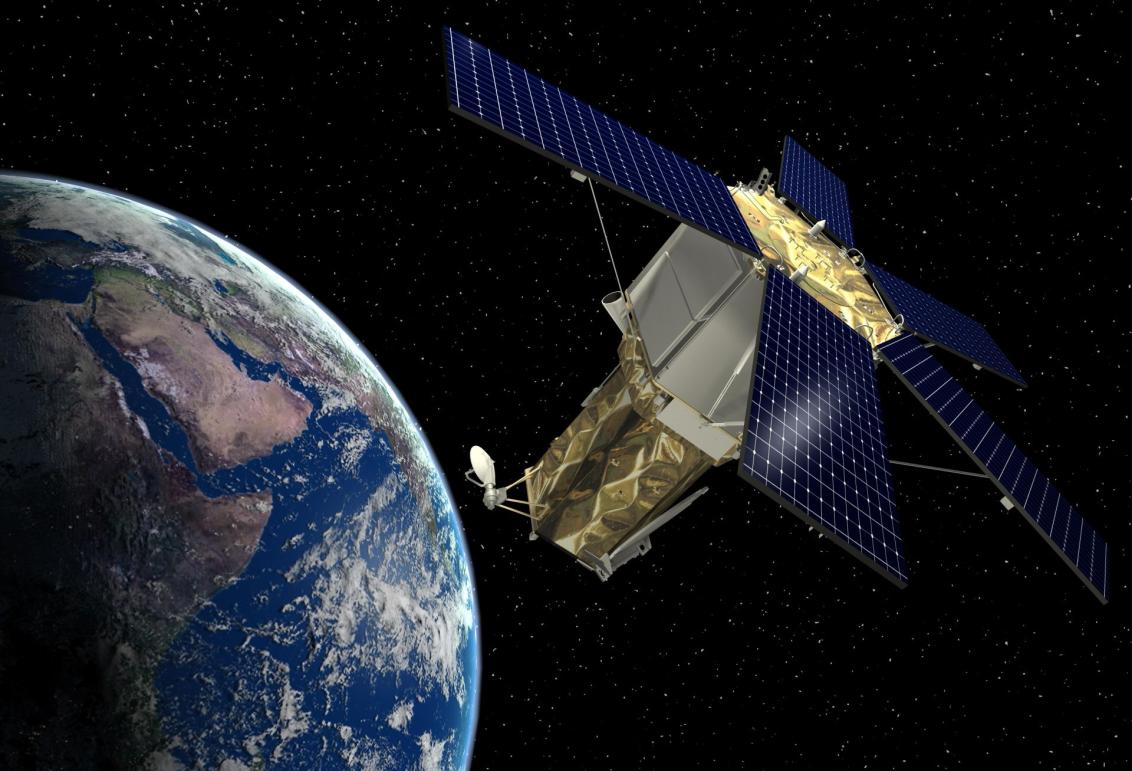Unveiling the Role of Satellite Data Remote Sensing in Surgical Planning and Decision-Making: A Critical Review
The advent of satellite data remote sensing has revolutionized various fields, including healthcare. In the realm of surgery, satellite data offers a wealth of information that can significantly enhance surgical planning and decision-making, leading to improved patient outcomes. This article provides a comprehensive review of the role of satellite data remote sensing in surgical practice, exploring its potential benefits, applications, challenges, and future directions.

Satellite Data Remote Sensing Techniques
Satellite data remote sensing encompasses a wide range of techniques that allow for the acquisition and analysis of data from satellites orbiting the Earth. These techniques can be broadly categorized into two main types: optical remote sensing and radar remote sensing.
Optical Remote Sensing
- Utilizes visible, near-infrared, and shortwave infrared bands of the electromagnetic spectrum.
- Provides high-resolution images of the Earth's surface, enabling detailed anatomical visualization.
- Examples include Landsat, Sentinel-2, and WorldView satellites.
Radar Remote Sensing
- Employs microwaves to penetrate clouds and vegetation, making it suitable for all-weather and day-night imaging.
- Provides information on surface topography, elevation, and soil moisture.
- Examples include Sentinel-1 and ALOS satellites.
Applications Of Satellite Data Remote Sensing In Surgical Planning
Satellite data remote sensing finds numerous applications in surgical planning, offering valuable insights to surgeons and enhancing the precision and safety of surgical procedures.
Preoperative Planning
- Anatomical Visualization: Satellite data provides detailed images of the surgical site, allowing surgeons to visualize anatomical structures, identify critical landmarks, and assess the extent of the surgical field.
- Surgical Route Mapping: Satellite data can be used to map out the optimal surgical route, minimizing tissue damage and reducing the risk of complications.
- Risk Assessment: Satellite data can help identify potential risks associated with the surgical procedure, such as the presence of anatomical variations or underlying medical conditions.
Intraoperative Guidance
- Real-Time Navigation: Satellite data can be integrated with surgical navigation systems to provide real-time guidance during surgery. This helps surgeons accurately locate anatomical structures and navigate complex surgical procedures.
- Surgical Robotics: Satellite data can be utilized to control surgical robots, enabling precise and minimally invasive procedures.
Postoperative Monitoring And Follow-Up
- Wound Healing Assessment: Satellite data can be used to monitor wound healing progress and identify potential complications, such as infection or dehiscence.
- Functional Assessment: Satellite data can be employed to assess the functional outcomes of surgery, such as range of motion and joint stability.
Challenges And Limitations Of Satellite Data Remote Sensing In Surgery

Despite its immense potential, satellite data remote sensing in surgery faces several challenges and limitations that need to be addressed for its widespread adoption.
Technical Challenges
- Data Acquisition and Processing: Acquiring and processing satellite data can be complex and time-consuming, requiring specialized expertise and infrastructure.
- Resolution and Accuracy: The resolution and accuracy of satellite data may not be sufficient for certain surgical applications, especially those requiring high-precision imaging.
Ethical And Regulatory Considerations
- Data Privacy and Security: The use of satellite data in surgery raises concerns about data privacy and security, as patient information may be inadvertently disclosed.
- Regulatory Approval: The use of satellite data in surgery may require regulatory approval and compliance with specific guidelines and standards.
Future Directions And Emerging Trends
The field of satellite data remote sensing in surgery is rapidly evolving, with several promising directions and emerging trends shaping its future.
Artificial Intelligence And Machine Learning
- Enhanced Data Analysis: Artificial intelligence (AI) and machine learning (ML) algorithms can be employed to analyze satellite data more efficiently and accurately, improving the accuracy and reliability of surgical planning.
- Automated Surgical Planning: AI and ML can be utilized to develop automated surgical planning systems that can generate optimal surgical plans based on satellite data and patient-specific information.
Integration With Other Medical Imaging Modalities
- Comprehensive Visualization: Integrating satellite data with other medical imaging modalities, such as MRI and CT scans, can provide a comprehensive view of the surgical field, enhancing surgical decision-making.
- Improved Surgical Navigation: Fusing satellite data with intraoperative imaging data can improve the accuracy and precision of surgical navigation systems.
Telemedicine And Remote Surgery
- Access to Surgical Care: Satellite data can enable telemedicine and remote surgery, providing access to surgical care in underserved areas and reducing the need for patients to travel long distances.
- Real-Time Collaboration: Satellite data can facilitate real-time collaboration between surgeons in different locations, enabling remote consultation and guidance during complex surgical procedures.

Satellite data remote sensing has emerged as a powerful tool that has the potential to revolutionize surgical planning and decision-making. By providing detailed anatomical information, enabling real-time navigation, and facilitating remote surgery, satellite data can significantly improve the precision, safety, and accessibility of surgical care. As the field continues to advance, with advancements in AI, ML, and integration with other medical imaging modalities, satellite data remote sensing is poised to play an increasingly critical role in shaping the future of surgery.
YesNo

Leave a Reply